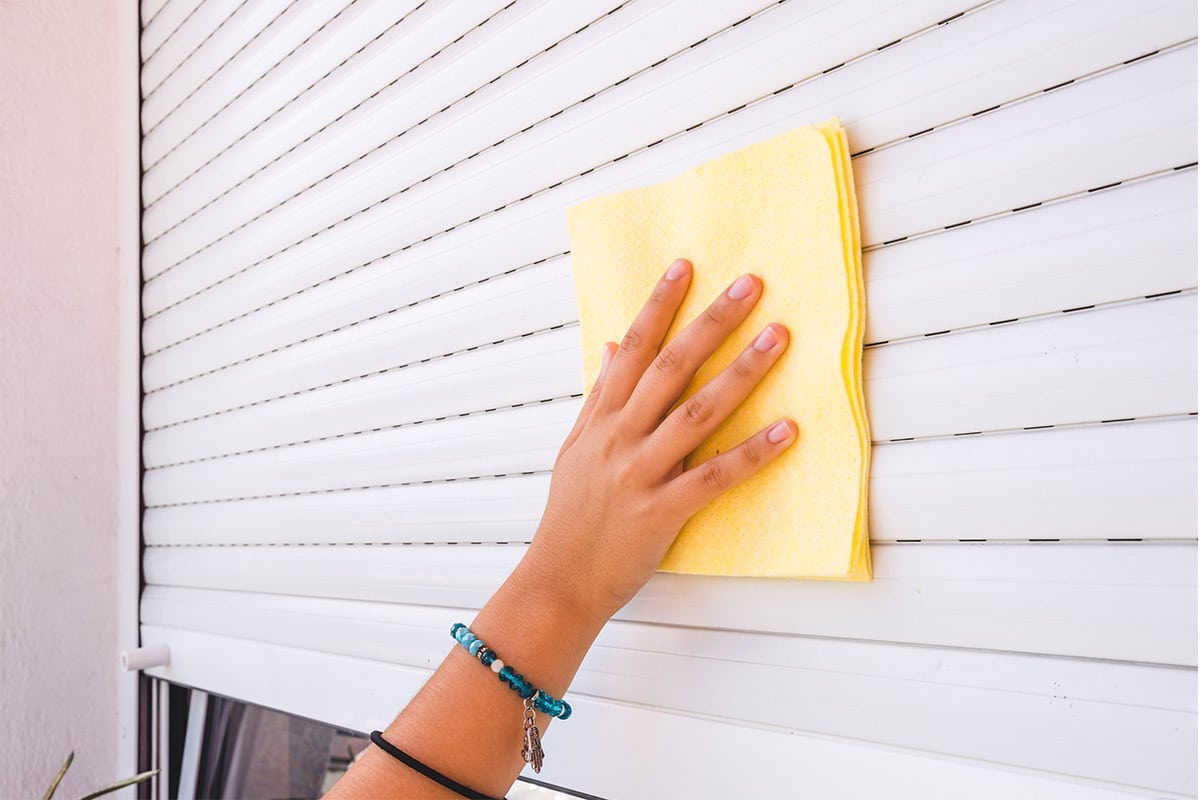

Articles
How To Clean Shutter Blinds
Modified: January 23, 2024
Discover effective techniques and tips on cleaning shutter blinds in our informative articles. Keep your blinds looking fresh and spotless with our expert advice.
(Many of the links in this article redirect to a specific reviewed product. Your purchase of these products through affiliate links helps to generate commission for Storables.com, at no extra cost. Learn more)
Introduction
Shutter blinds are an attractive and functional window treatment that can add style and privacy to any room. Over time, however, they can accumulate dust, dirt, and even stains, making them look dull and unappealing. Cleaning your shutter blinds regularly not only improves their appearance but also helps to extend their lifespan.
In this article, we will walk you through the step-by-step process of cleaning your shutter blinds to keep them looking fresh and well-maintained. From preparing the necessary tools and materials to removing dust and tackling stubborn stains, we will cover it all. Let’s get started!
Key Takeaways:
- Regularly cleaning and maintaining your shutter blinds with gentle methods and appropriate solutions can effectively remove dust, grime, and stubborn stains, ensuring their longevity and a fresh, appealing appearance.
- Implementing a regular maintenance routine, including dusting, spot cleaning, and gentle cleaning methods, can prevent future build-up and keep your shutter blinds looking clean, attractive, and well-maintained for years to come.
Read more: How To Fix Shutter Blinds
Preparation
Before diving into the actual cleaning process, it’s essential to gather all the necessary tools and materials to ensure a smooth and efficient cleaning experience. Here’s what you’ll need:
- Duster or microfiber cloth: These are ideal for removing dust and loose dirt from the surface of your shutter blinds. Make sure to choose a soft cloth to prevent any scratches.
- Vacuum cleaner with brush attachment: This can be handy for removing more stubborn dust and dirt particles from hard-to-reach areas.
- Bucket of warm water: A bucket filled with warm water will be used for the cleaning solution.
- Mild soap or detergent: Opt for a mild soap or detergent that won’t damage the material of your shutter blinds. Avoid using harsh chemicals or abrasive cleaners.
- Sponge or soft brush: Use a sponge or a soft brush to gently scrub the surface of the blinds.
- Old towels or cloths: These will be used for drying the blinds after cleaning.
- Optional: Depending on the type of stains you’re dealing with, you may require additional cleaning solutions such as vinegar or baking soda.
Once you have gathered all the necessary tools and materials, you are ready to begin the cleaning process. It’s important to work systematically and take your time to ensure that you clean each slat thoroughly.
It’s also a good idea to put on a pair of cleaning gloves to protect your hands from any potential cleaning solutions or dirt.
Now that you’re prepared, let’s move on to the next step: removing dust from your shutter blinds.
Removing Dust
Before proceeding with any wet cleaning methods, it’s important to remove as much dust and loose dirt from your shutter blinds as possible. This will prevent the dust from turning into a muddy mess when mixed with water.
Start by gently running a duster or a microfiber cloth along each slat of the blinds, starting from the top and working your way down. Make sure to cover both the front and the back of the blinds. If you’re using a vacuum cleaner with a brush attachment, you can also use it to remove any hard-to-reach dust or dirt.
If you encounter stubborn dust or debris that won’t come off with a duster or vacuum, you can dampen a cloth slightly with water and gently wipe the affected areas. Avoid using excessive water or applying too much pressure, as this can cause damage to the blinds.
For more intricate parts, such as the hinges or corners, you can use a small paintbrush or cotton swab to reach those tight spaces. Be gentle to avoid bending or breaking any parts.
Once you have removed all visible dust and dirt, take a moment to inspect the blinds for any remaining particles. If necessary, repeat the process until the blinds are completely clean.
By removing dust regularly, you not only keep your shutter blinds looking clean and fresh but also prevent dust build-up, which can be harder to remove over time.
Now that you have removed the dust, it’s time to move on to the next step: cleaning your shutter blinds with water and mild soap.
Cleaning with Water and Mild Soap
Once you have removed the dust from your shutter blinds, it’s time to tackle any remaining dirt or grime using a mild soap and water solution.
Fill a bucket with warm water and add a small amount of mild soap or detergent. Avoid using harsh chemicals or abrasive cleaners, as they can damage the material of your blinds.
Dip a sponge or soft brush into the soapy water, making sure to squeeze out any excess liquid. Starting from the top, gently scrub each slat of the blinds, covering both the front and the back. Work your way down, taking care to remove any stains or spots that you come across.
If you encounter particularly stubborn stains or grime, you can create a paste using water and baking soda or vinegar. Apply the paste to the affected areas and let it sit for a few minutes before gently scrubbing it away.
While cleaning, always be mindful of the amount of water you’re using. Excessive water can cause the blinds to warp or bend. It’s important to use a damp cloth or sponge rather than soaking the blinds.
After you have thoroughly cleaned each slat, rinse the sponge or brush in clean water and go over the blinds once more to remove any soapy residue.
Once you are satisfied with the cleanliness of the blinds, it’s time to dry them. Use old towels or cloths to carefully wipe away any excess moisture. It’s important to dry each slat individually to prevent water spots or streaks.
After drying, let the blinds air dry completely before closing or reattaching them. This step is crucial to prevent any moisture from being trapped and causing mold or mildew growth.
Now that you have successfully cleaned your shutter blinds with water and mild soap, you can move on to the next step: removing stubborn stains.
Use a microfiber cloth and a mixture of water and mild dish soap to gently wipe down each slat of the shutter blinds. Be sure to dry them thoroughly to prevent water spots.
Removing Stains
Despite regular cleaning, shutter blinds can sometimes develop stubborn stains that are harder to remove. Don’t worry, with a few simple techniques and some additional cleaning solutions, you can effectively tackle those stubborn stains.
If you’re dealing with grease or oil stains, you can use a mixture of warm water and mild dish soap. Dip a cloth or sponge into the soapy solution and gently rub the stain, working from the outside towards the center. Be careful not to apply excessive force or scrub too aggressively to avoid damaging the blinds. Rinse the area with clean water and dry it thoroughly.
For water stains or mineral deposits, white vinegar can be an effective solution. Mix equal parts of vinegar and water in a spray bottle. Spray the affected areas and let the vinegar solution sit for a few minutes. Then, wipe the stains away with a soft cloth. Rinse with clean water and dry it carefully.
If you have persistent stains that are difficult to remove, you can try using baking soda. Create a paste by mixing baking soda with a small amount of water. Apply the paste to the stain using a soft cloth or sponge and gently rub it in a circular motion. Let it sit for a few minutes before wiping it off with a clean cloth. Rinse and dry the area thereafter.
Remember, it’s important to always spot test any cleaning solution or method on a small, inconspicuous area of the blinds before applying it to the entire surface. This will help ensure that the solution does not cause any discoloration or damage.
By using the appropriate cleaning techniques and solutions, you can effectively remove stubborn stains and restore the appearance of your shutter blinds.
Now that you have successfully removed stains from your shutter blinds, let’s move on to the next section: maintaining and preventing future build-up.
Read more: How To Make Wooden Shutter Blinds
Maintaining and Preventing Future Build-up
Now that you have put in the effort to clean your shutter blinds, it’s important to establish a regular maintenance routine to prevent future build-up and keep them looking their best. Here are some tips to help you maintain your shutter blinds:
1. Regular dusting: Make dusting your shutter blinds a part of your weekly cleaning routine. Use a duster or microfiber cloth to remove any dust or loose dirt from the surface of the blinds. This helps prevent the accumulation of dust and minimizes the need for more intensive cleaning in the future.
2. Spot clean as needed: Whenever you notice a small stain or spot on your blinds, address it immediately. Use a mild soap or appropriate cleaning solution for the specific type of stain, and gently clean the affected area. Promptly removing stains helps prevent them from becoming harder to remove over time.
3. Avoid excessive moisture: When cleaning your shutter blinds, be mindful of the amount of water you use. Excessive moisture can cause the blinds to warp or bend. Use a damp cloth or sponge instead of soaking the blinds, and ensure they are thoroughly dried after cleaning.
4. Use gentle cleaning methods: When cleaning your shutter blinds, opt for gentle cleaning methods to avoid causing any damage. Avoid abrasive cleaners, harsh chemicals, or abrasive materials that can scratch or tarnish the surface of the blinds.
5. Consider using a protective spray: There are specific protective sprays available on the market that can help repel dust and prevent stains on your shutter blinds. These sprays create a barrier on the surface of the blinds, making cleaning and maintenance easier and more effective.
6. Regular inspection: Periodically inspect your shutter blinds for any signs of wear or damage. Check for loose or broken slats, hinges, or any other components that may need repair or replacement. Promptly addressing these issues can help extend the lifespan of your blinds.
By incorporating these maintenance practices into your routine, you can ensure that your shutter blinds remain clean and attractive for years to come.
Now that you have all the information you need to clean, maintain, and prevent build-up on your shutter blinds, let’s conclude this article.
Conclusion
Cleaning and maintaining your shutter blinds is an essential task to keep them looking their best and ensure their longevity. By following the steps outlined in this article, you can effectively remove dust, grime, and stains from your blinds, restoring their appearance and functionality.
Remember to gather all the necessary tools and materials before starting the cleaning process. Begin by removing dust using a duster or microfiber cloth, ensuring you reach all the slats and hard-to-reach areas. Next, clean the blinds with a mixture of mild soap and water, gently scrubbing each slat and rinsing any soapy residue. If needed, address stubborn stains with appropriate cleaning solutions such as vinegar or baking soda. Finally, implement a regular maintenance routine to prevent future build-up and keep your blinds in excellent condition.
By investing a little time and effort into cleaning and maintaining your shutter blinds, you can enjoy the benefits of a clean and aesthetically pleasing window treatment for years to come. Not only will your blinds enhance the overall look of your home, but they will also provide you with privacy and control over the amount of light entering the room.
Incorporate these cleaning and maintenance practices into your regular cleaning routine, and your shutter blinds will continue to enhance the beauty of your home while allowing you to enjoy a clean and comfortable living environment.
Now that you are equipped with the knowledge to clean and maintain your shutter blinds, it’s time to get started and enjoy the fresh and rejuvenated appearance of your window treatments.
Frequently Asked Questions about How To Clean Shutter Blinds
Was this page helpful?
At Storables.com, we guarantee accurate and reliable information. Our content, validated by Expert Board Contributors, is crafted following stringent Editorial Policies. We're committed to providing you with well-researched, expert-backed insights for all your informational needs.

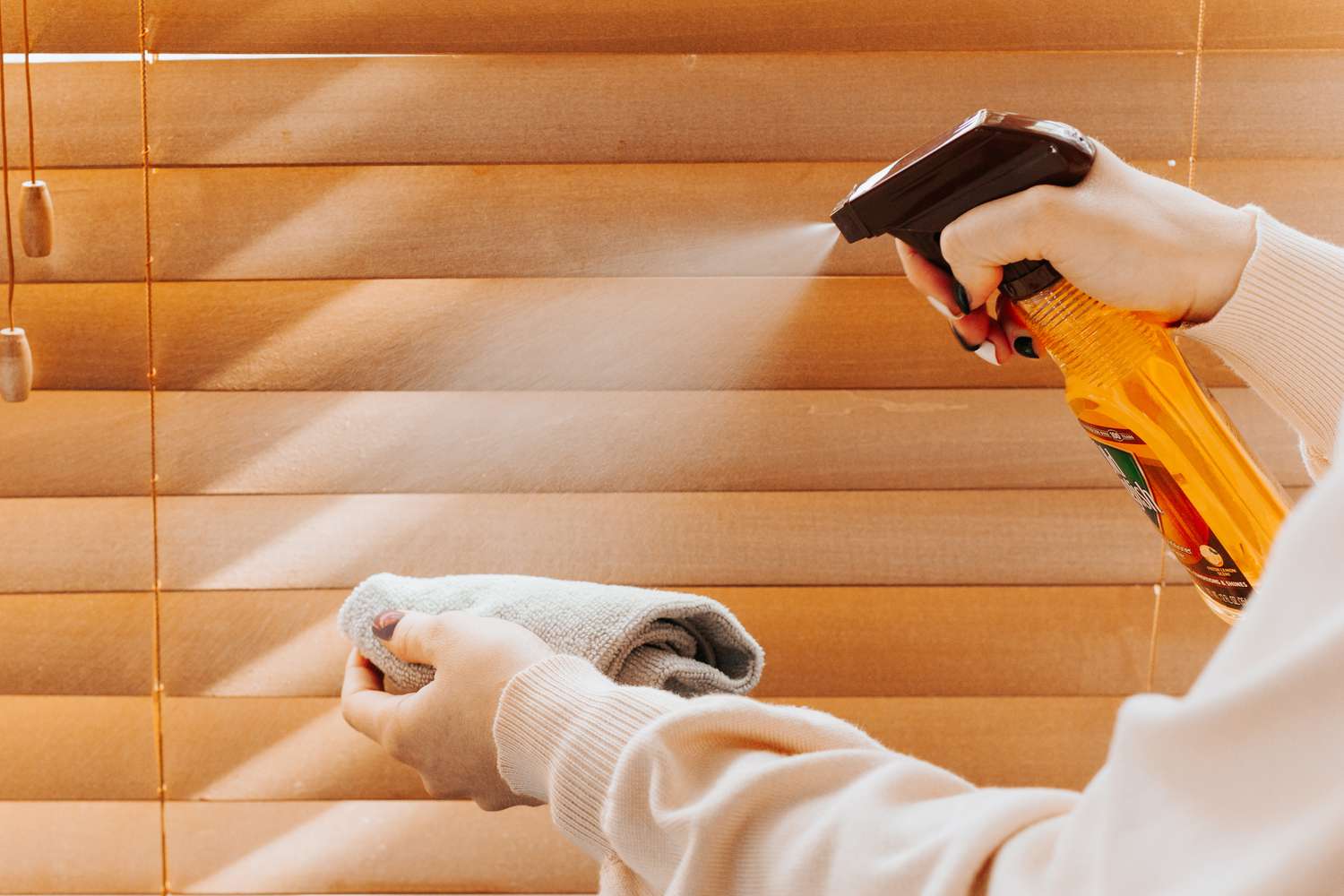
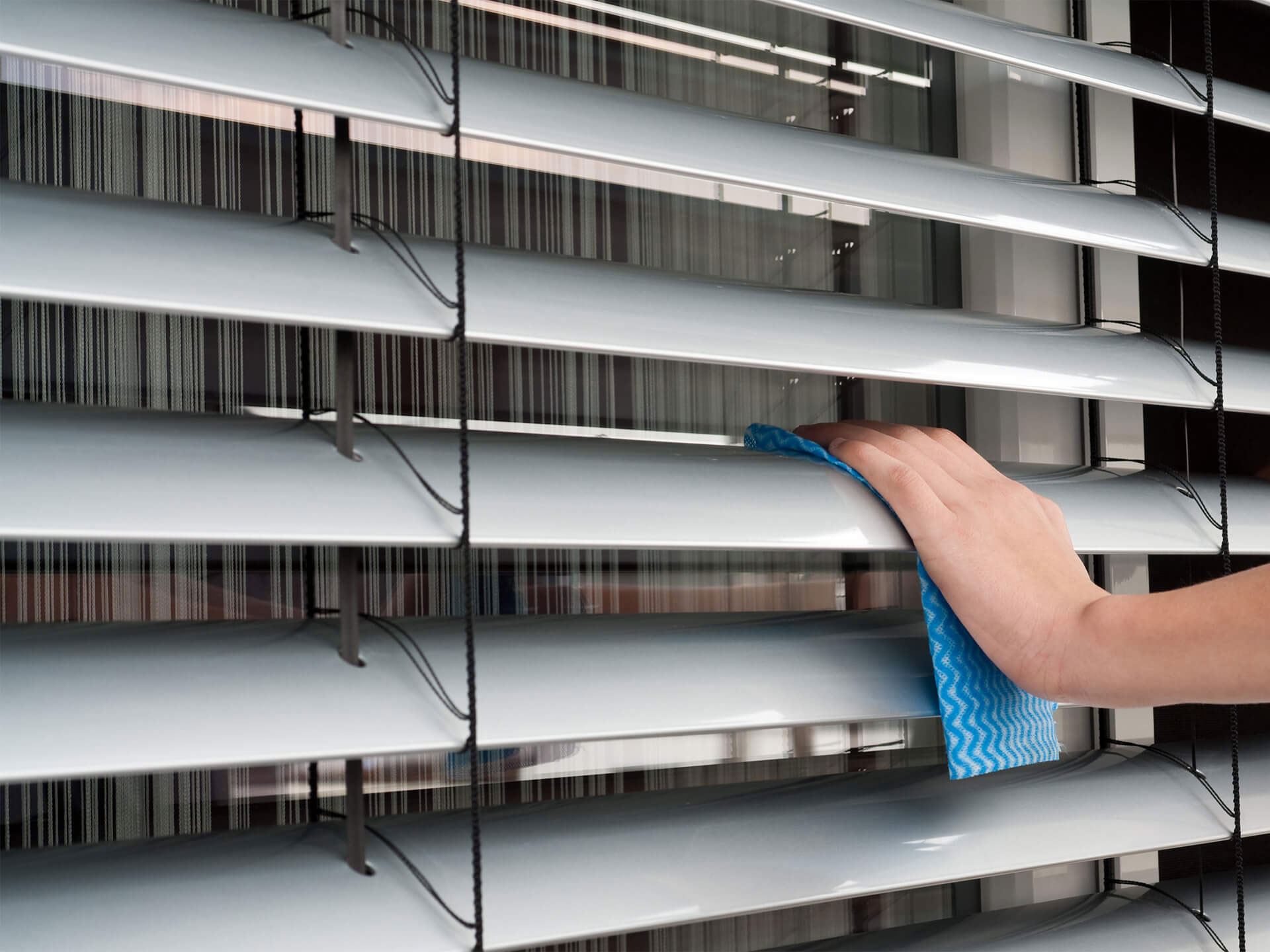
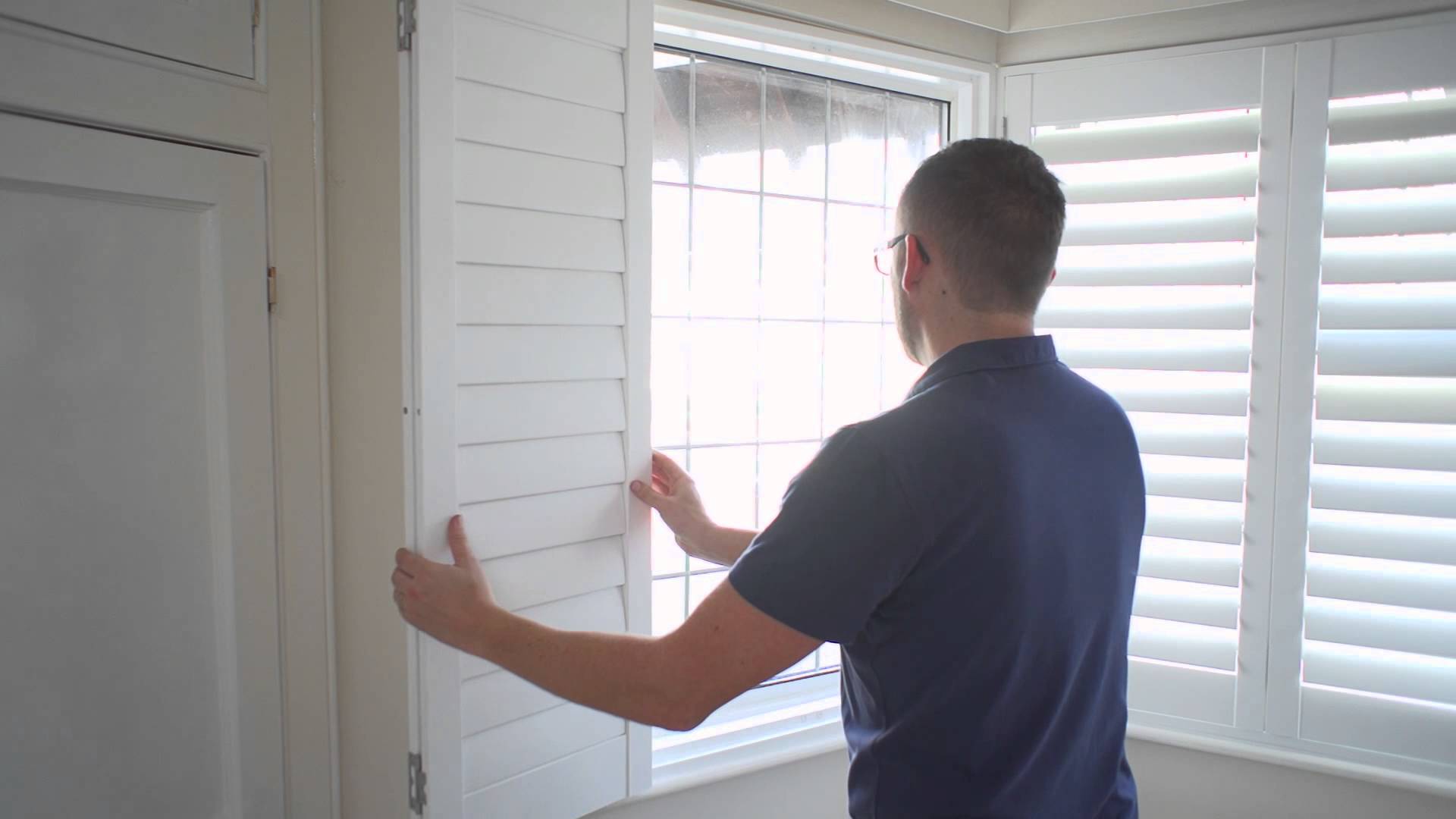
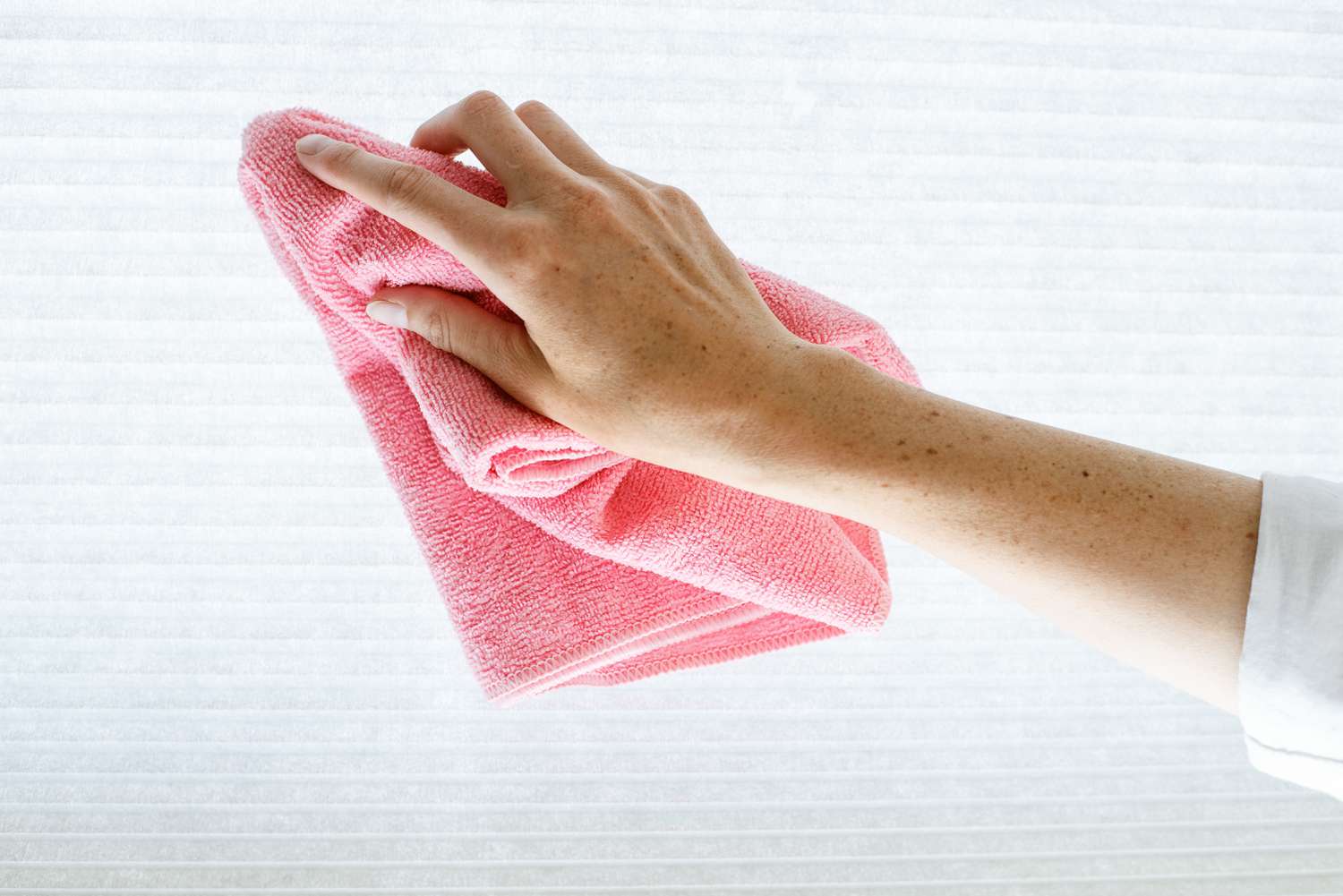
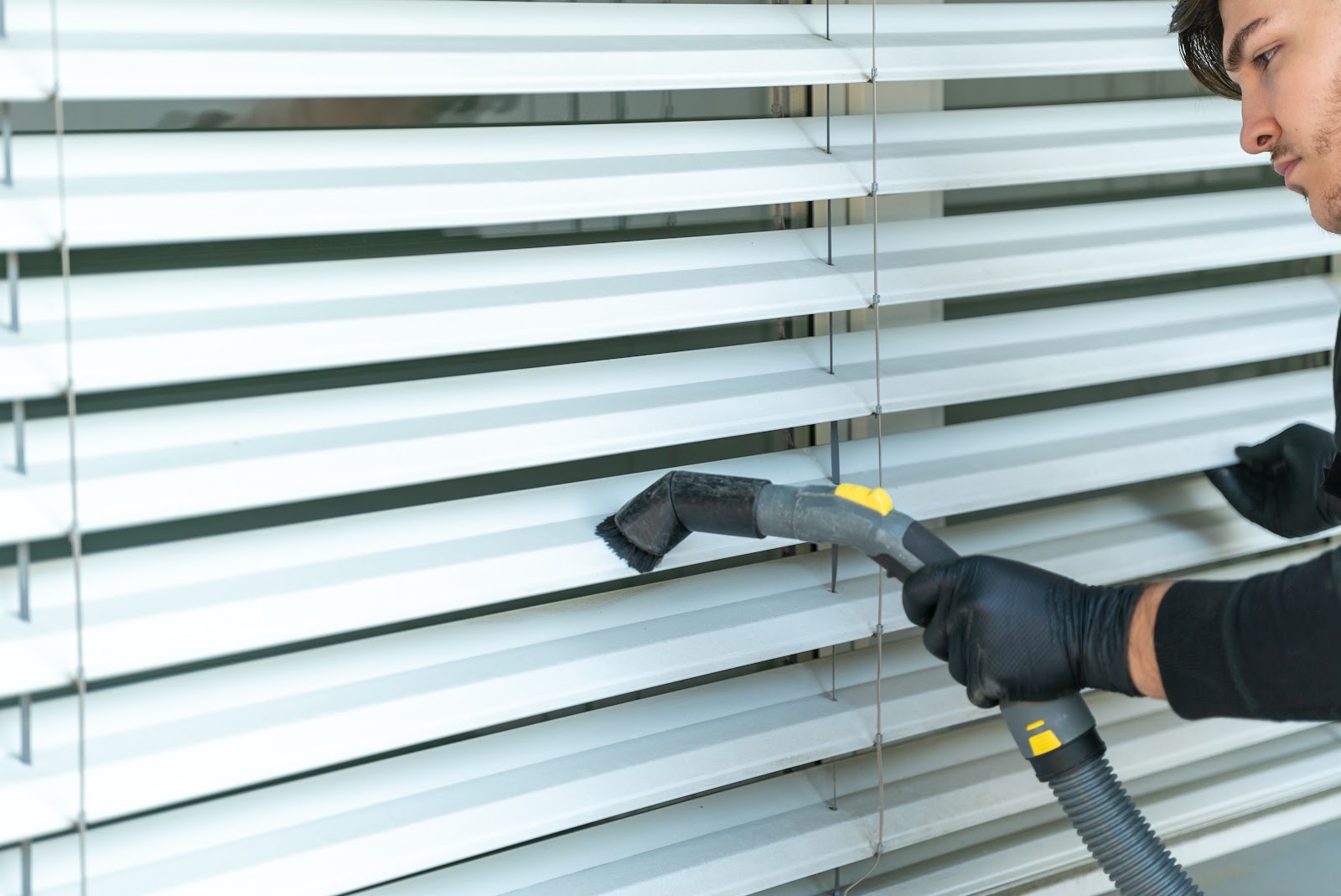

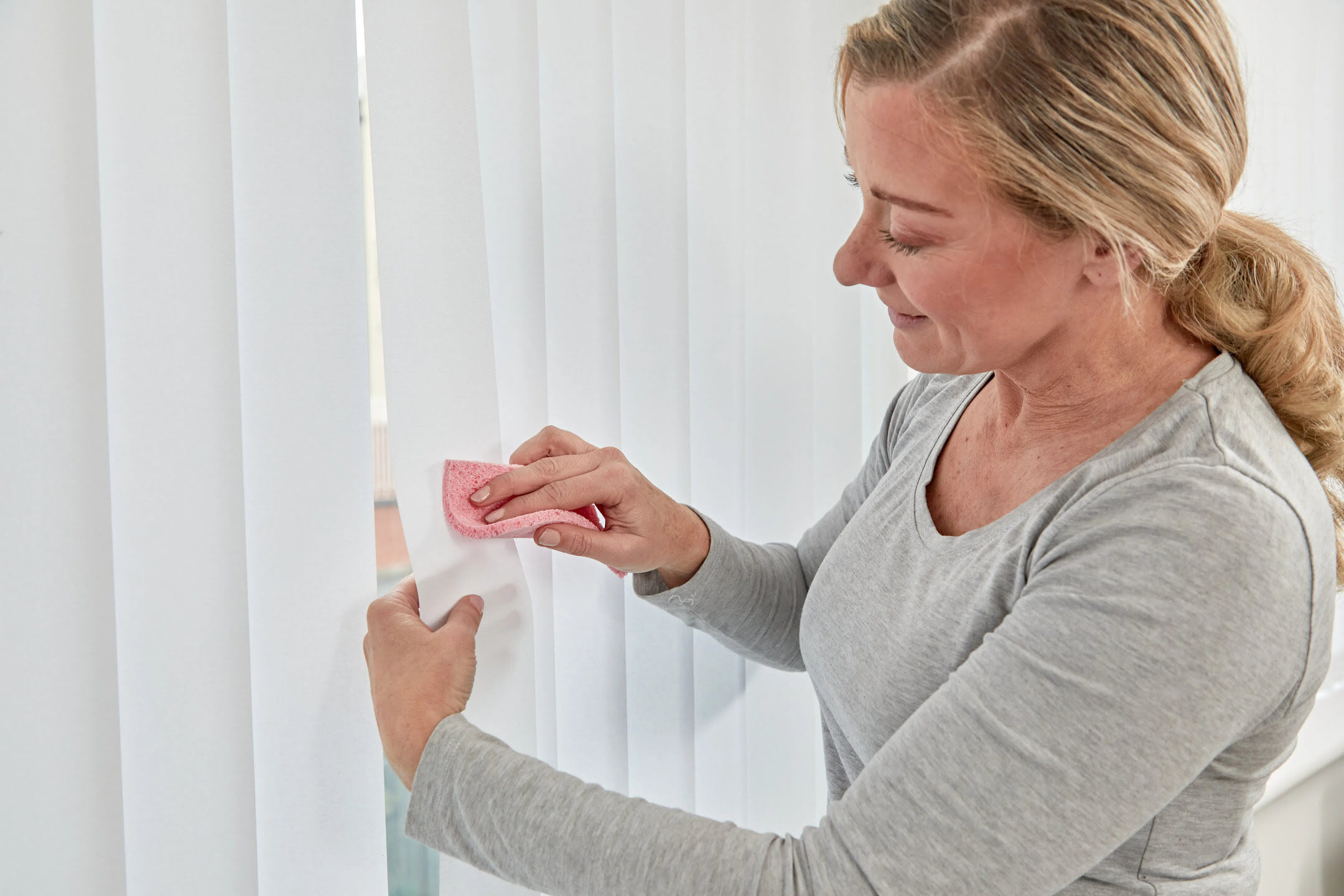
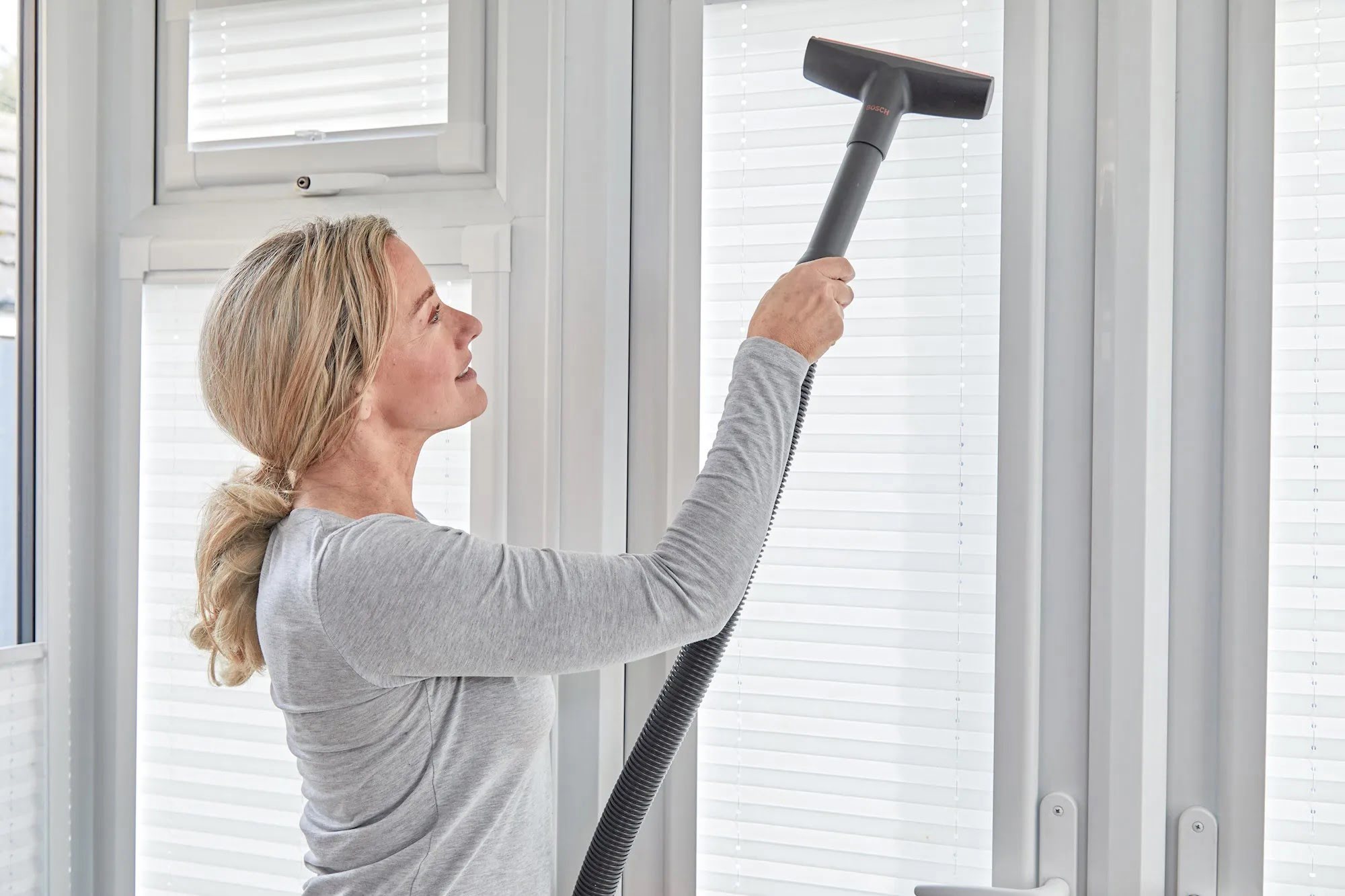

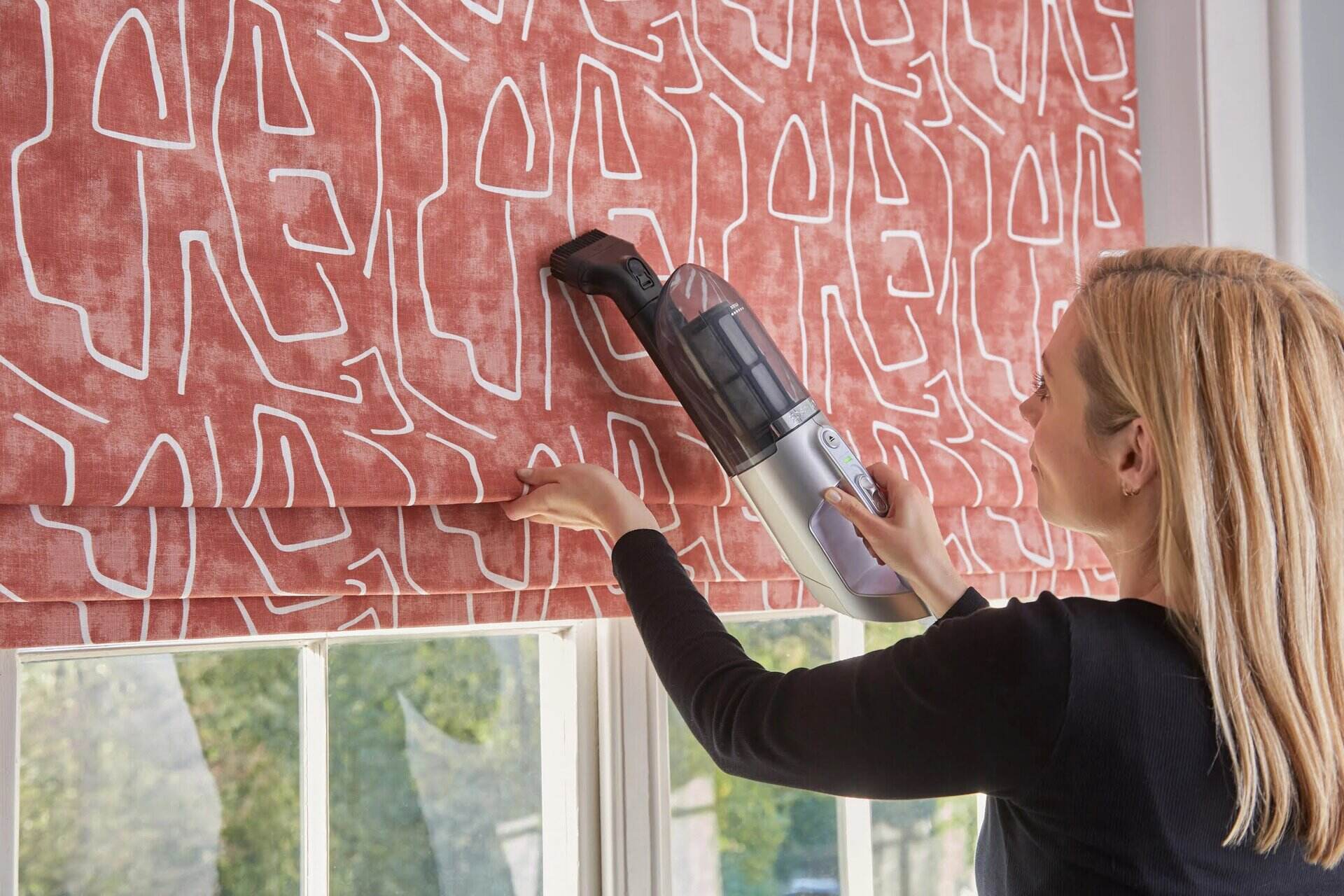
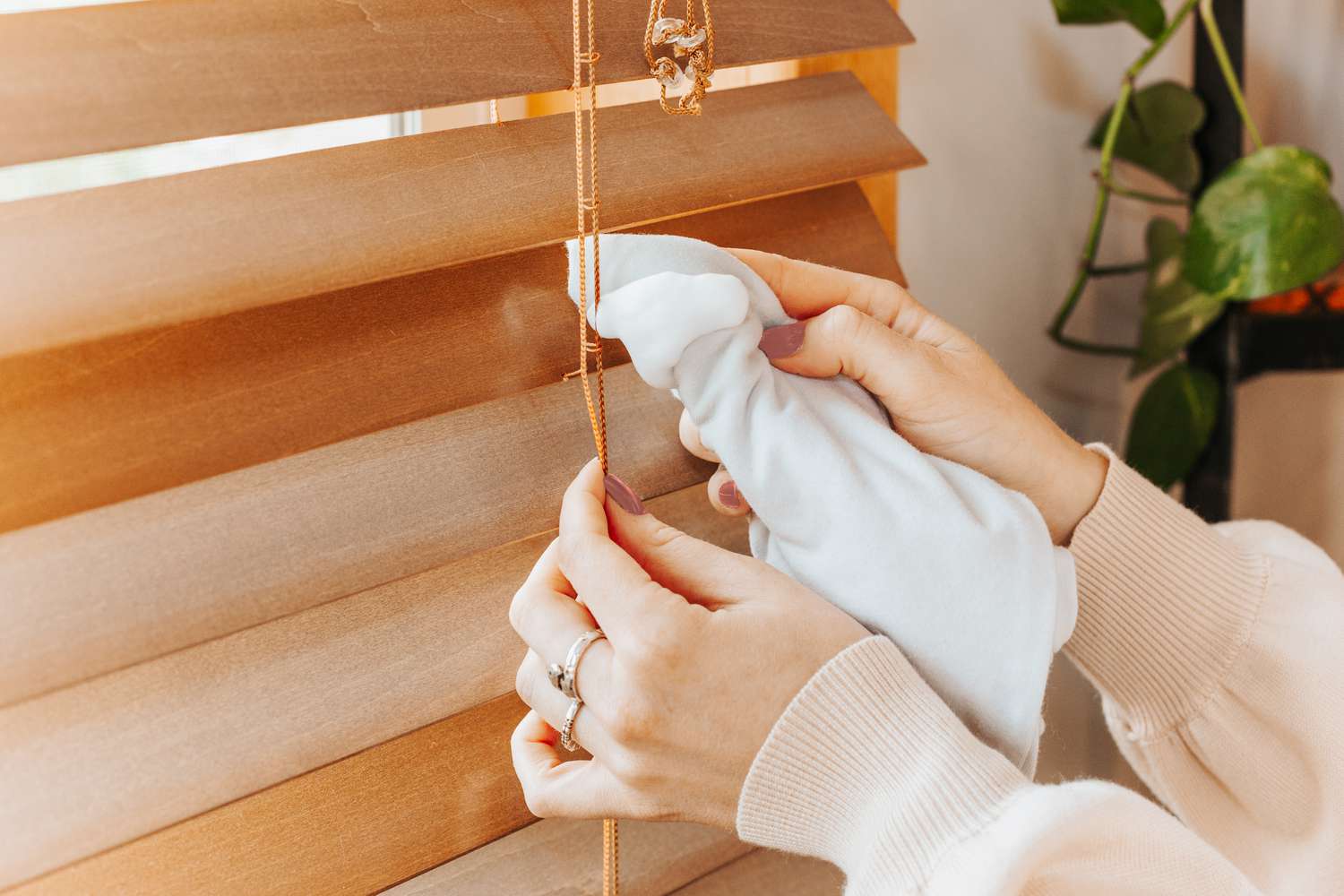

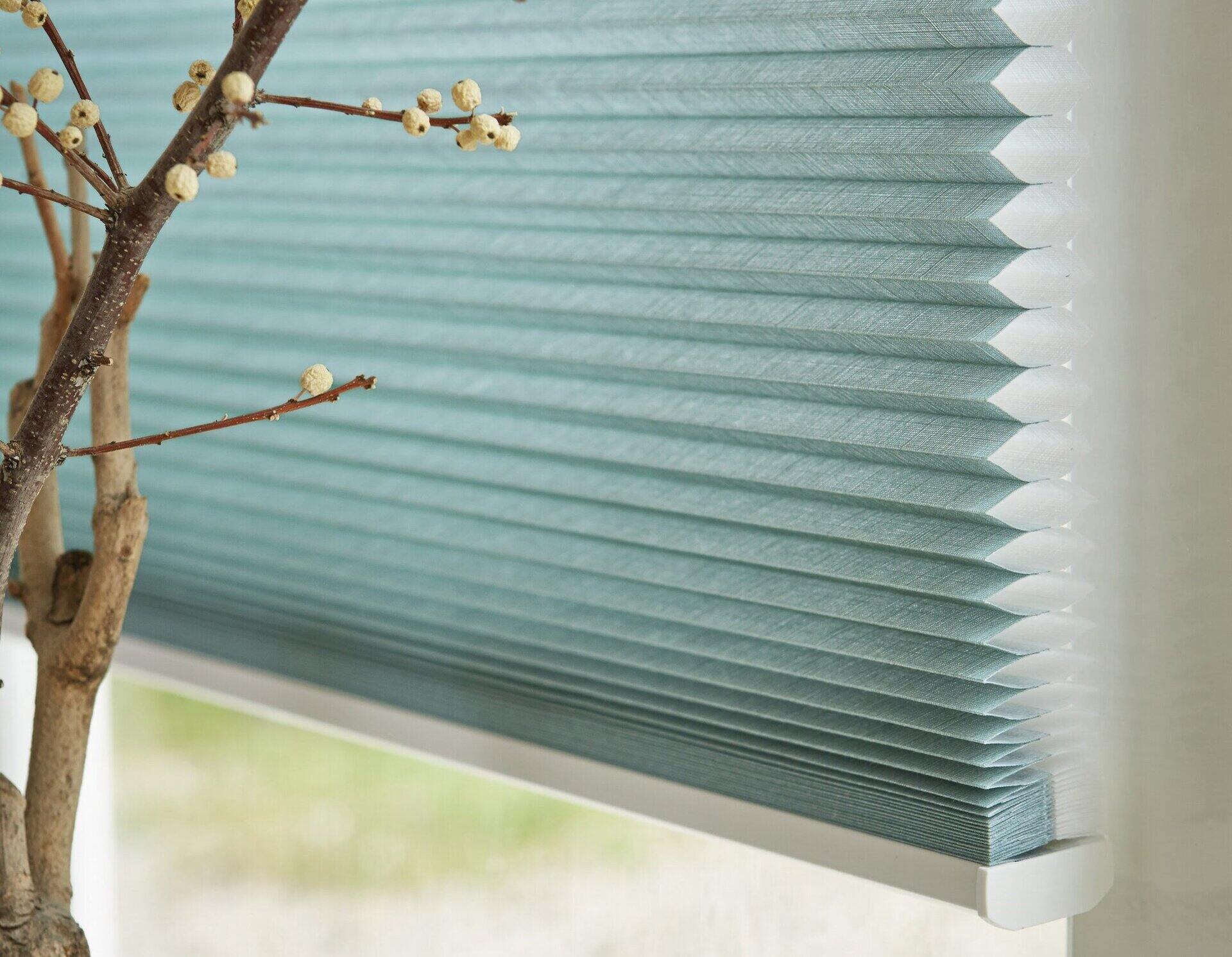

0 thoughts on “How To Clean Shutter Blinds”